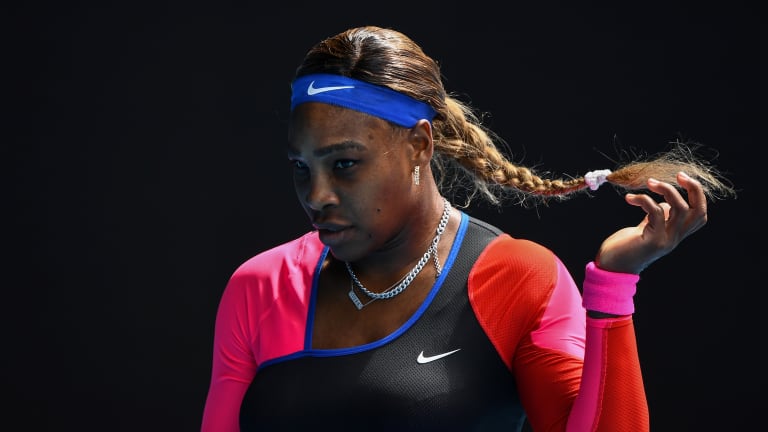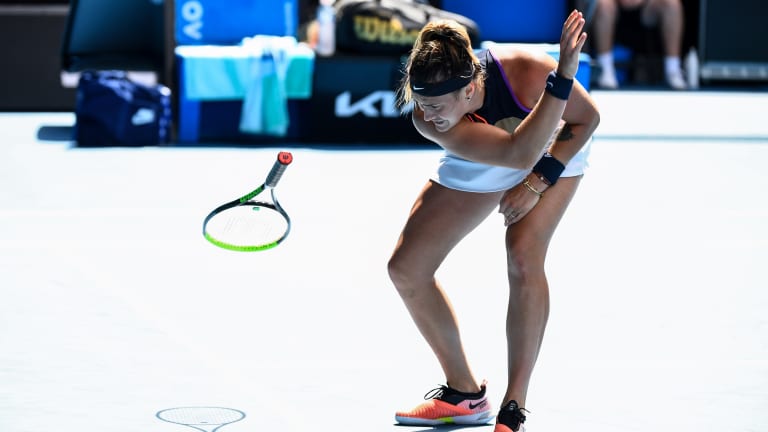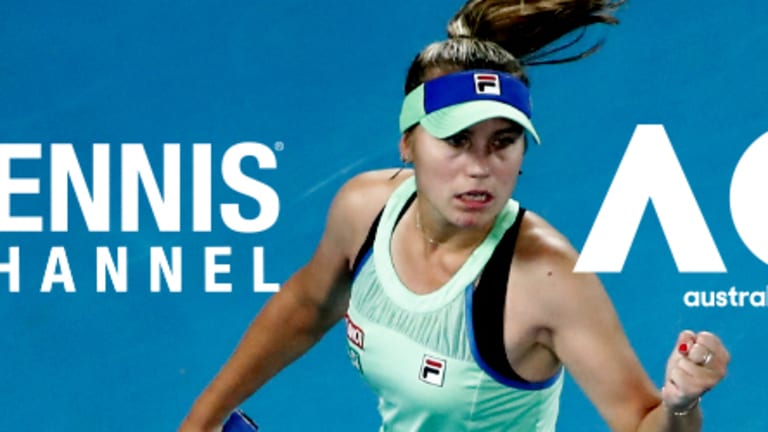Australian Open
"If she wants to play power, let's go": Serena toughs out Sabalenka
By Feb 14, 2021Australian Open
Jannik Sinner does it his way: He chose tennis over skiing and selected his new coaching team
By Jan 31, 2024Australian Open
The State of the ATP: What we learned from the 2024 Australian Open
By Jan 30, 2024Australian Open
'Grandissimo': Italian Premier Giorgia Meloni welcomes home Australian Open champion Jannik Sinner
By Jan 30, 2024Australian Open
The State of the WTA: What we learned from the 2024 Australian Open
By Jan 30, 2024Australian Open
The doubles mastery, and radical fun, of Hsieh Su-Wei
By Jan 29, 2024Australian Open
Pope Francis congratulates Italy after tennis player Jannik Sinner wins the Australian Open
By Jan 29, 2024Australian Open
'I like to dance in the pressure storm,' Jannik Sinner says ... and he did just that in his Australian Open triumph
By Jan 28, 2024Australian Open
First of many? Jannik Sinner's five-set comeback sinks Daniil Medvedev in Australian Open final
By Jan 28, 2024Australian Open
Soccer-mad Italy is now obsessed with tennis player Jannik Sinner after his Australian Open title
By Jan 28, 2024Australian Open
"If she wants to play power, let's go": Serena toughs out Sabalenka
The 22-year-old Belarusian was trying to reach her first Grand Slam quarterfinal. The 39-year-old American is now in her 54th, after advancing, 6-4, 2-6, 6-4, on Sunday at the Australian Open.
Published Feb 14, 2021
Advertising

"If she wants to play power, let's go": Serena toughs out Sabalenka
© AFP via Getty Images
Advertising

"If she wants to play power, let's go": Serena toughs out Sabalenka
© AFP via Getty Images
Advertising

"If she wants to play power, let's go": Serena toughs out Sabalenka